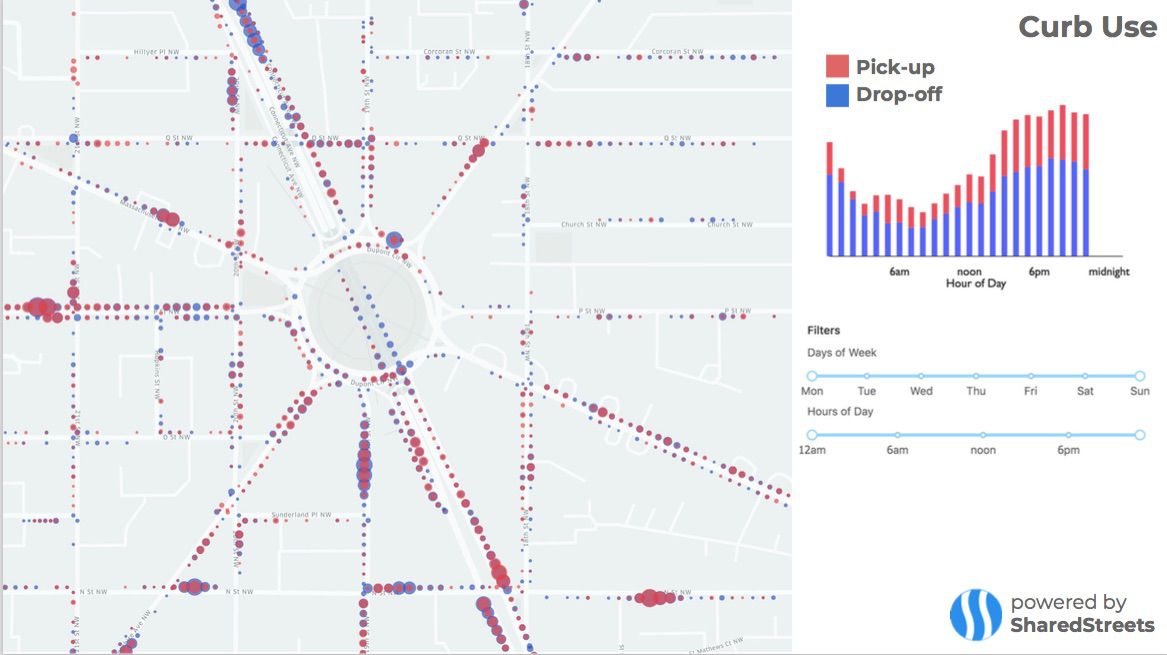Ride-hailing giant Uber, which helped jumpstart the ongoing revolution in mobile technology and urban transit by popularizing a new way to move about cities, has decided cars aren’t always the best way to get around.
In a blog post, Uber CEO Dara Khosrowshahi announced a three-tiered plan to support sustainable mobility by reducing congestion, supporting car-free transit, and funding transit innovation.
“We recognize we need to step up and support cities that take bold steps to solve their transportation problems,” Khosrowshahi writes. “We are in a unique position to have a meaningful and positive impact on the communities we serve across the globe.”
Uber will spend $10 million over three years as part of a Fund for Sustainable Mobility to support campaigns for safety and improved transit. This will include a $1 million investment to push for the passage of congestion pricing in New York City as well as funding for the non-profit PeopleForBikes.
Second, it will share more trip data with cities, including more segmented, street-level speed data, and help develop best practices for street design.
Finally, the company will significantly expand its fleet of Jump bikes, the dockless, pedal-assist electric vehicles that Uber acquired earlier this year, which it has been testing in select markets. The expansion will include bike racks that charge bikes, starting in Sacramento, California, where the company has 50 racks and plans to expand to 300 by the end of the year.
Allison Wylie, who works on transportation and mobility policy for Uber, told Curbed that “If the city, and traffic, isn’t efficient, then it doesn’t work for Uber.”
Making a move towards micromobility
These announcements demonstrate how Uber—which revolutionized the transportation landscape for riders, planners, and city leaders—is now paying catch-up with the micromobility revolution kickstarted by companies such as Bird and Lime. Uber needs to diversify its offerings and make multimodal trips more seamless to achieve Khosrowshahi’s stated goal of becoming the “Amazon of transportation.”
The launch of this initiative is further recognition that increased congestion, which Uber itself has been found to make worse, is bad for business, and that bikes and scooters make more sense for short trips than cars.
:no_upscale()/cdn.vox-cdn.com/uploads/chorus_asset/file/13156455/curbuse.jpg)
Uber’s investment in advocacy comes after other transit startups have made their own high-profile pledges to improve transportation and reduce car trips, including Bird’s Save Our Sidewalks Pledge and Lyft’s purchase of Motivate, the nationwide bike-share operator. Just this week, Lyft began to roll out public transit information on its app and expand its ”ditch your car” challenge as part of a larger vision to reduce car trips and offer more sustainable transit options.
The fund will be guided by the Shared Mobility Principles for Livable Cities, a pact signed by transit companies and nonprofits earlier this year. Wylie made it clear these investments would go to advocacy groups, but wouldn’t directly pay for infrastructure projects, like Bird scooter’s fund for protected bike lanes, or support specific politicians proposing these policies.
Uber’s more forthcoming approach to data-sharing offers another avenue to help nudge cities to design and build more effective transit networks. By expanding its Movement tool, which provides planners with anonymized transit data, and releasing segment-level speed data—block-by-block information, as opposed to neighborhood level travel statistics—Uber hopes to help cities better manage, understand, and optimize their streets and curbs.
To underline its intention, Uber will give $250,000 to SharedStreets, a nonprofit creating a shared data platform for urban planners, and release a detailed report analyzing behavior and traffic on five different streets in San Francisco with suggestions on improving pick-up and drop-off performance.
Uber’s expansion of its Jump service comes after data from existing service shows users moving from cars to bikes for short trips, especially during rush hours. Data from operations in San Francisco found that on weekdays between 8 a.m. and 6 p.m., trips by Jump riders on the Uber platform climbed 15 percent while ride-hailing trips declined 10 percent. Scooter companies are finding these short trips—35 percent of U.S. vehicle trips are under two miles—very profitable.
Wylie added that Uber plans to expand Jump bikes into additional markets, along with its network of public charging stations, potentially partnering with private companies and property owners. In addition, the company will be working to create more last-mile partnerships with local transit agencies.
For a company once famous for barging into markets and asking for forgiveness rather than permission, this suggests a continued pivot towards more collaboration with cities. As Khosrowshahi writes, “technology on its own is not a solution for urban problems.”
